How to make great garden compost
Homemade compost is invaluable in the garden and at Otter, we love it because it is the most environmentally friendly way of dealing with garden waste.
Home composting is suitable for all garden sizes and can be done all year, as and when suitable materials are generated in the garden or home. Late summer to early winter is the peak time for making compost.
Councils offer green waste collection but Otter encourages home composting because it does not involve heavy transport with its associated environmental costs.
TOP TIP: Speed up the natural composting process.
Use Garotta Compost Maker in your compost bin
Makes home composting easy and sustainable by speeding up the natural composting process.
Garotta is made from materials selected to help improve the structure of home-produced garden compost, maintain a neutral pH and speed up the process of decomposition. It provides food to promote bacterial growth, which in turn encourages the temperature in the compost heap to rise. This in turn kills off weed seeds and hastens the conversion of garden and kitchen waste into a rich compost.
- Makes better quality compost for use all around the garden
- New formulation with biological accelerator decomposing waste quickly
- With added source of Chitin to build plant immunity
- Easy to use in any compost bin or heap
Garotta is harmless to children, pets and wildlife and its fast acting nature can help you produce your very own natural garden compost.
To make good compost, you need a 50:50 mix of materials that are rich in nitrogen and carbon. Nitrogen comes from lush, green material such as grass clippings and carbon comes from brown material, such as woody stems and cardboard.
For every bucket load of green material, you need to add the same volume of brown. It is a good idea to cut up stems into smaller pieces before adding them so that they break down more easily.
You can also add scrumpled paper, whole egg boxes or loo rolls as they will help to keep reduce compaction and keep the compost aerated.
WHAT TO ADD AND WHAT TO LEAVE OUT?
ADD:
Green nitrogen-rich waste:
- Grass clippings
- Annual weeds
- Fruit and veg peelings
- Nettle leaves
- Teabags
Carbon-rich waste (brown):
- Prunings
- Hedgetrimmings
- Paper or newspaper (loosely scrunched up is best)
- Cardboard
- Straw
- Sawdust
- Pet bedding
- Paper towels
- Paper bags
Also add:
- Eggshells, natural fibres (wool or cotton), wood ash (not too much)
DON’T ADD:
- Diseased plants
- Perennial weeds
- Cooked food
- Citrus (slow to rot and very acidic, which reduces worm activity)
- Raw meat
- Dairy products
- Gloss or colour-printed paper
- Ash from coal fires
- Cat or dog faeces
- Autumn leaves – these are best used to make leaf mould
HOW TO COMPOST
The balance is key, if you have too much nitrogen, especially if the main source is from grass cuttings – the result is smelly sludge. If you have too much carbon in your bin, the composting process will be very slow.
STEP 1:
Stand your compost bin directly on the soil – worms and other micro-organisms will speed up the composting process.
STEP 2:
Add an equal mix of green and brown materials in layers. Apply a sprinkle of Garotta on each layer. (200-250g / about 2 trowels over each 30cm layer of new material. Water the heap if the waste is dry or woody with approximately 4.5L (1 watering can).
STEP 3:
Speed up the process by turning your heap every couple of weeks with a garden fork to aerate it, mixing the outside ingredients to the inside. Cover your bin to keep the rain out.
STEP 4:
When the mixture turns brown and crumbly and slightly sweet smelling, the process is complete. This will take around six months if the heap has been turned regularly.
Don’t worry if there are still lumpy pieces with egg shell or twigs visible in the compost, this is perfectly normal.
THE DIFFERENT COMPOST BINS
Using a compost bin to transform your garden and kitchen waste into a nutrient rich material is one of the cheapest ways to improve the condition of your soil – it’s also a great solution to your green waste problem.
Plastic compost bins
They are usually less expensive to buy and quite compact. They are a great choice if you are composting on a budget or are short of space. Plastic compost bins retain heat well, the round shape makes them easier to turn the material and if you buy a good quality one, aeration shouldn’t be a problem.
Wooden compost bins
They are much more eco-friendly than plastic compost bins. Being a natural material they allow air to get into your compost pile which helps speed up the composting process. Wooden compost bins are purchased flat packed so are easy to transport.
Tumbler compost bins
These are often the smallest option but do make composting easier! One of the most difficult parts of the composting process, when using a compost bin, is turning over the material every couple of weeks. The Tumbers design means they are easily made to spin around.
Plastic compost bin
Wooden compost bin
Tumbler compost bin
Size and shape… of your garden will play a part in which type of compost bin you should choose. Square shaped bins fit into corners of the garden neatly, whereas round, compost bins will stand out more. On the plus side, round bins are less likely to have cold spots that are hard to reach with a fork, spade, or shovel.
Also think about how much time you have to dedicate to your compost. A large compost bin, will need more attention to keep it working properly, and the manual labour required will increase too.
If the composter you choose doesn’t come with a lid you will need to make sure you have something to stop the rain getting in.

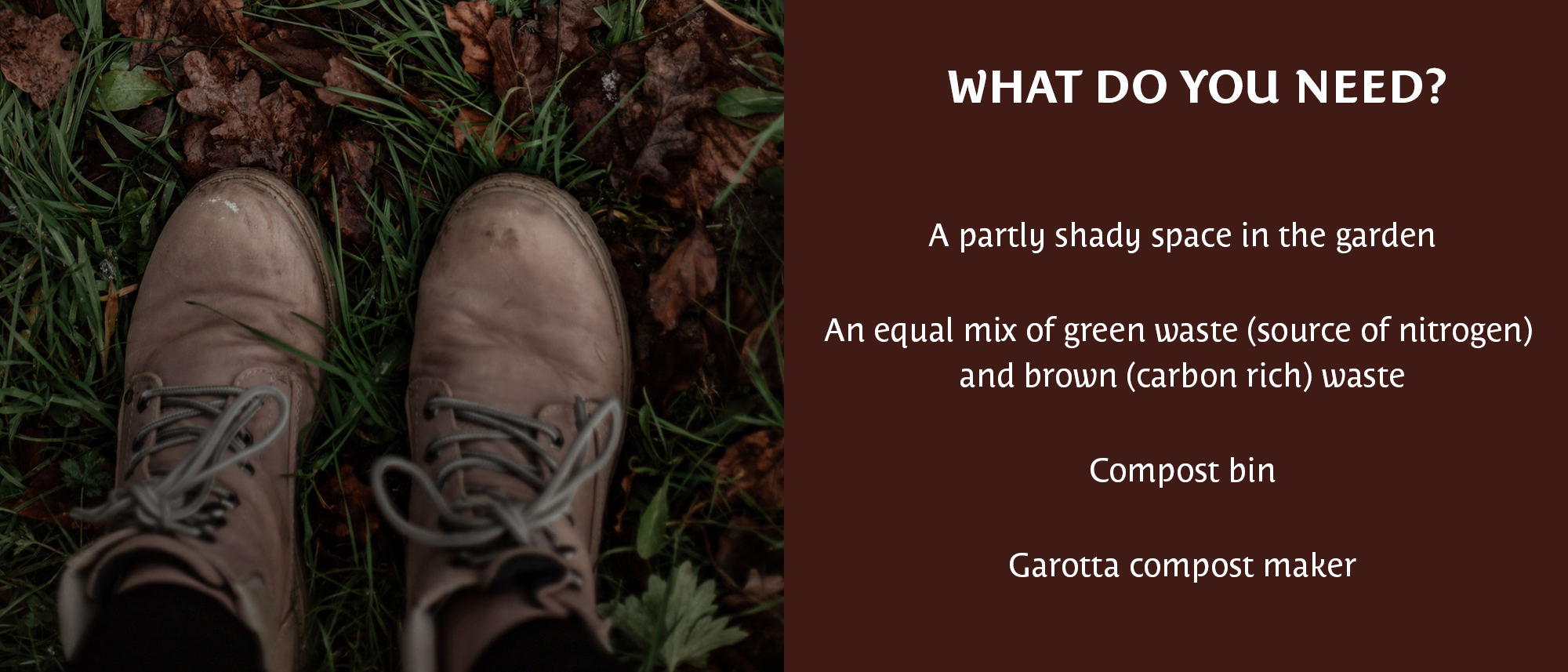
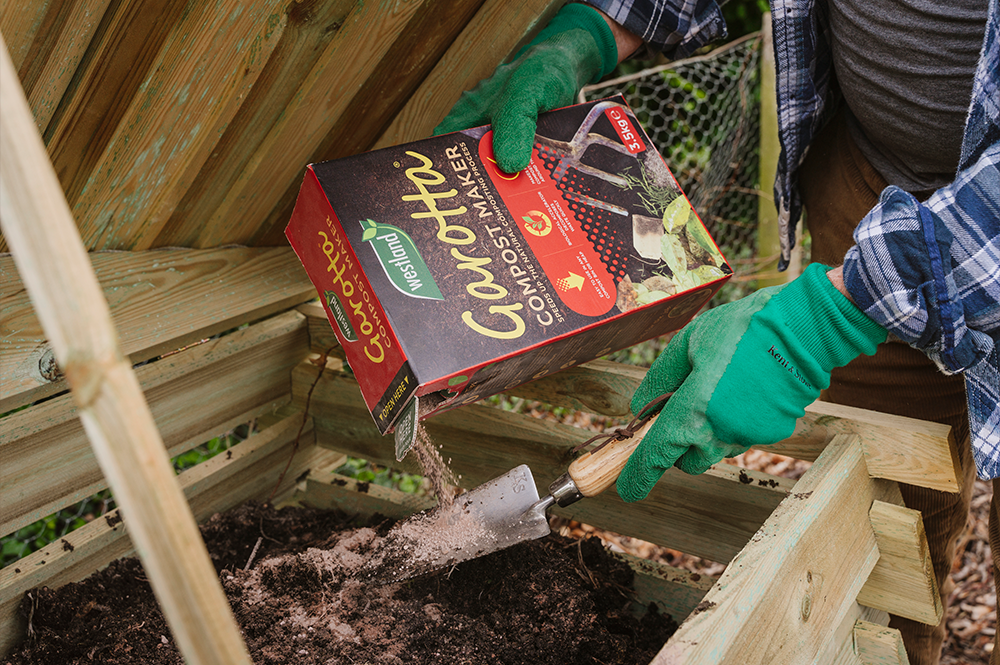
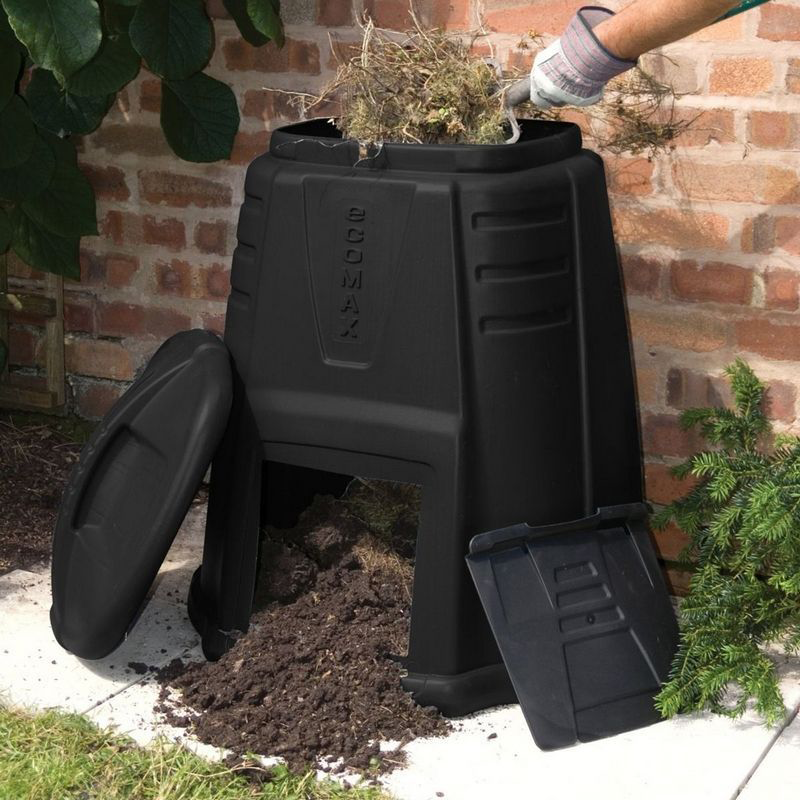
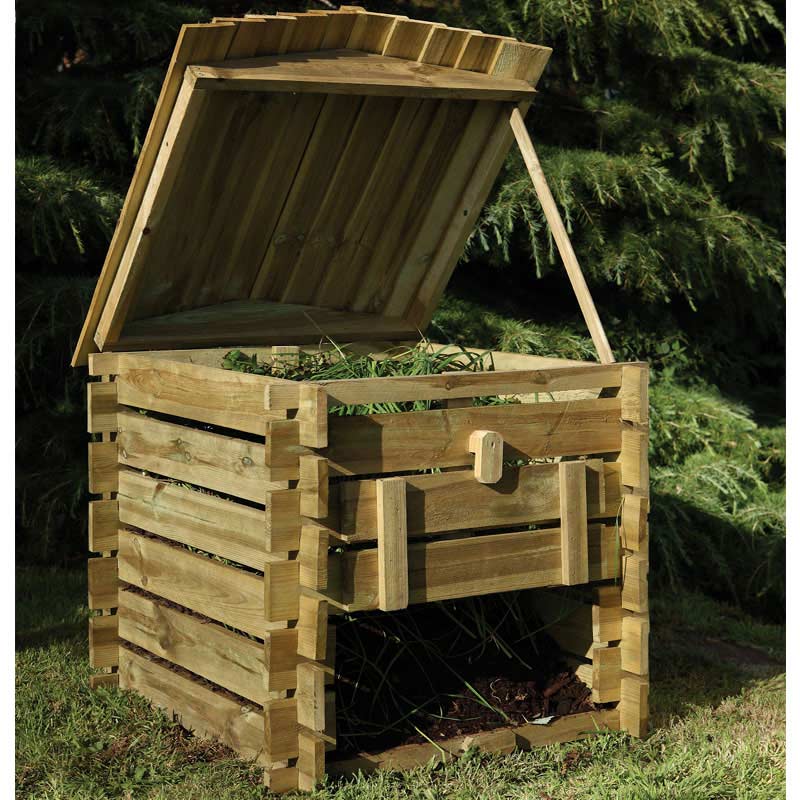
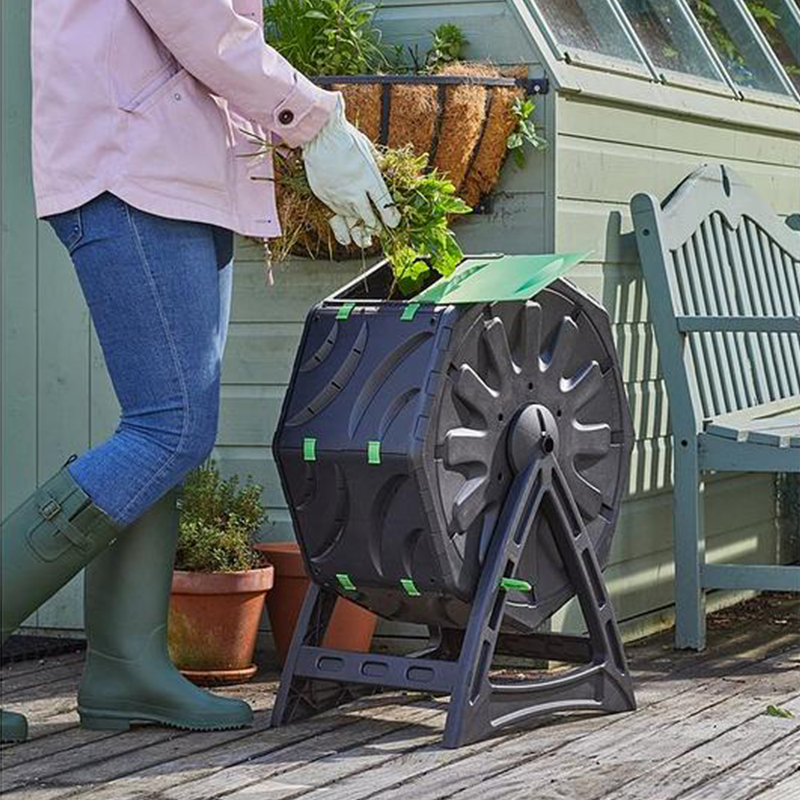
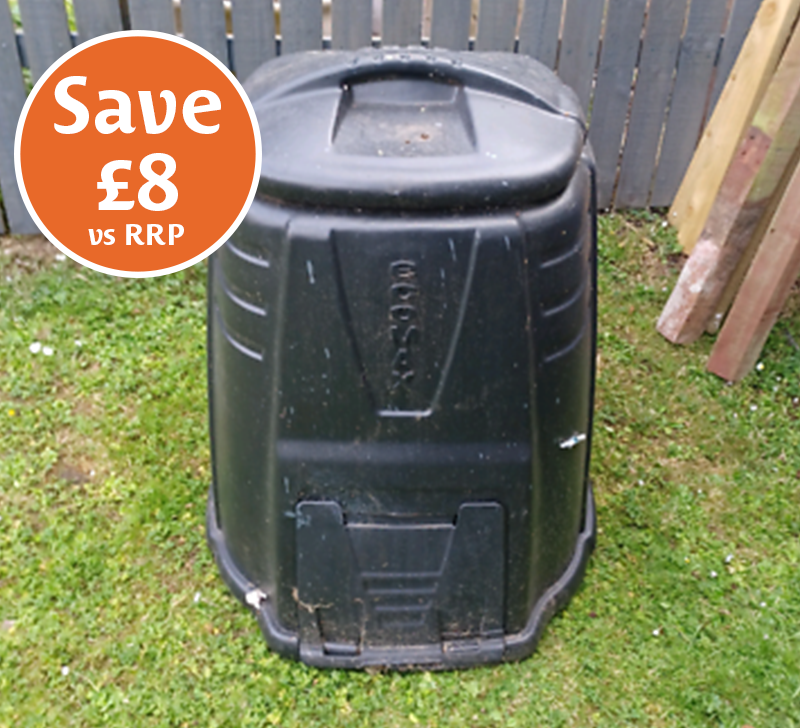
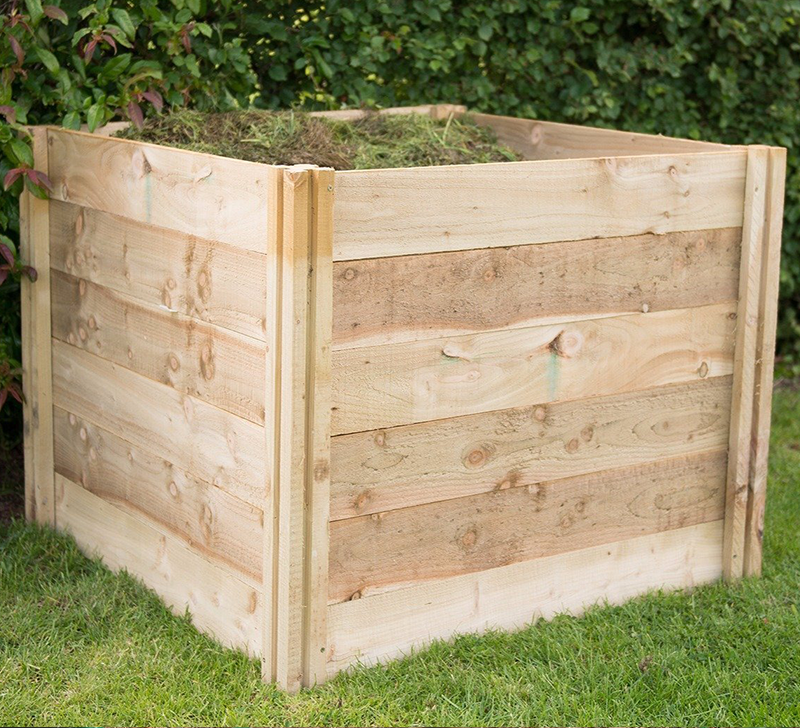
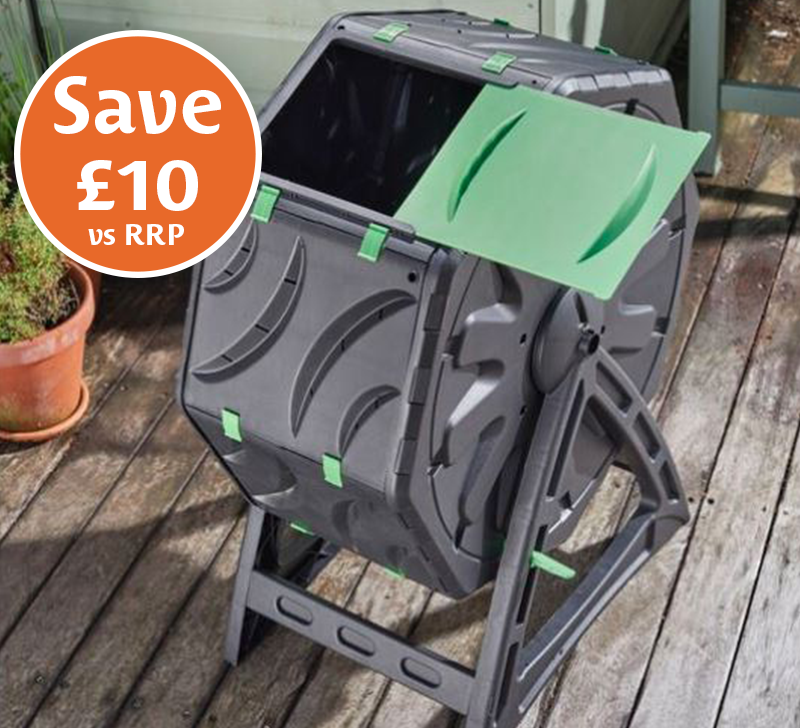
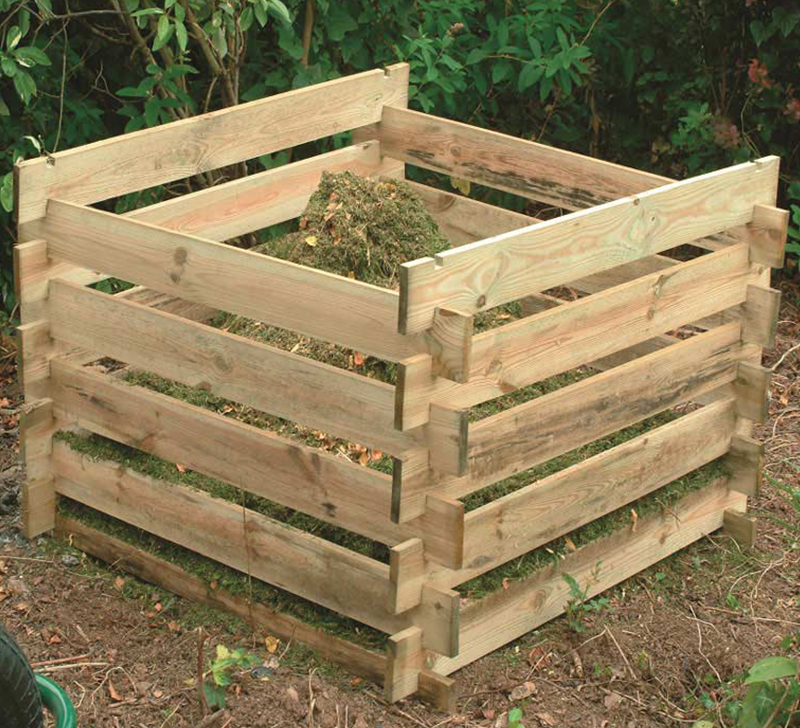
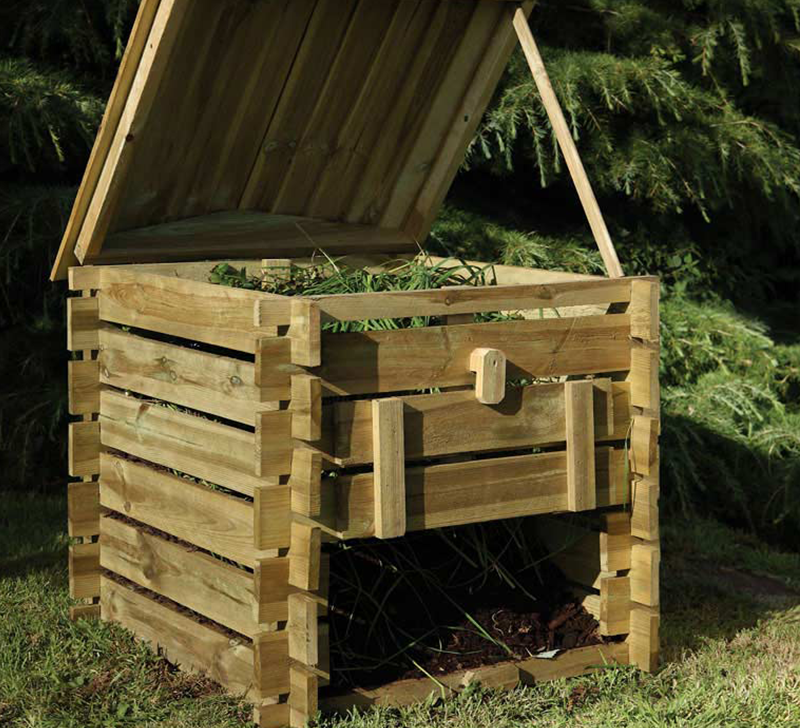
 Facebook
Facebook YouTube
YouTube Instagram
Instagram